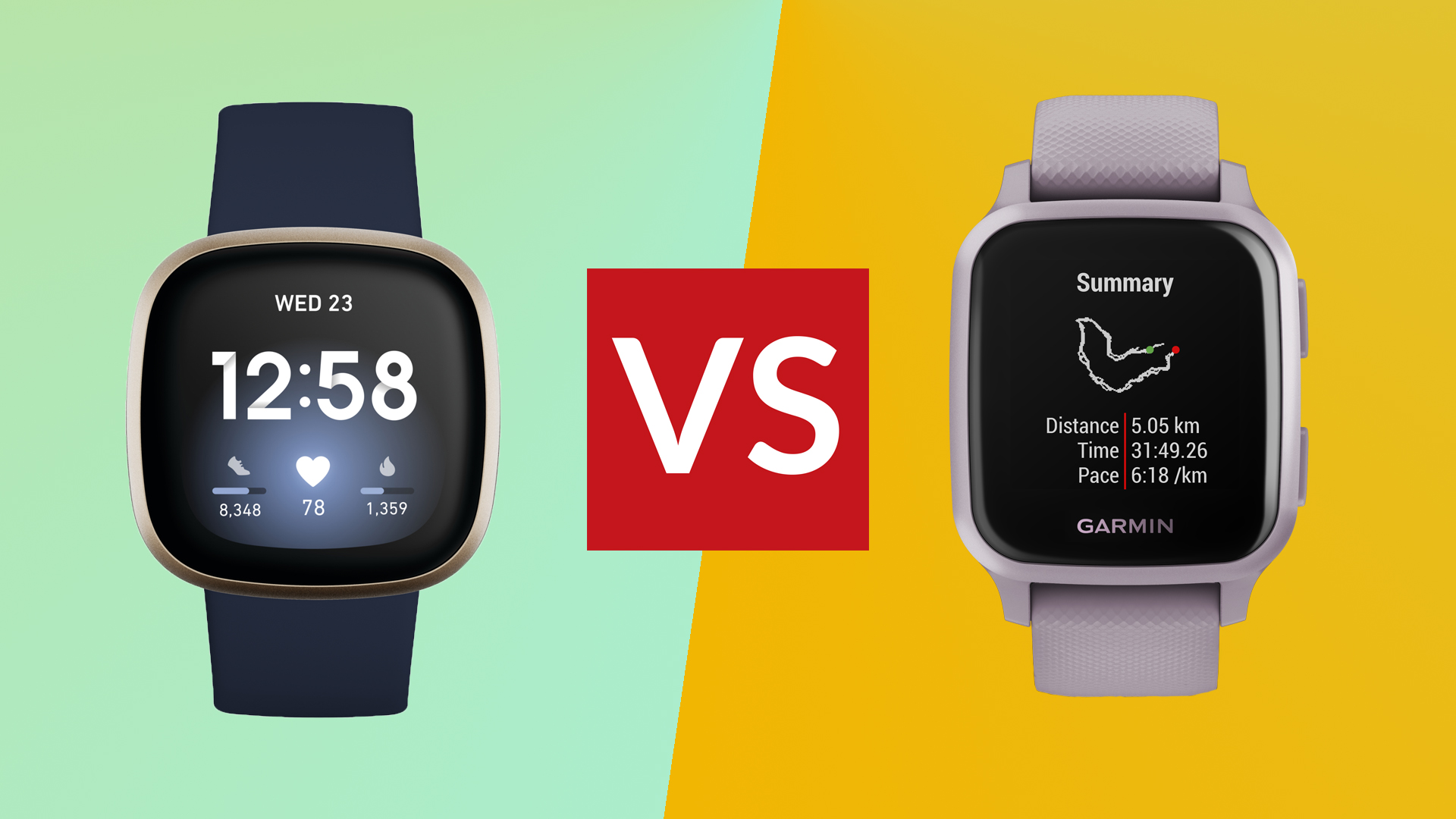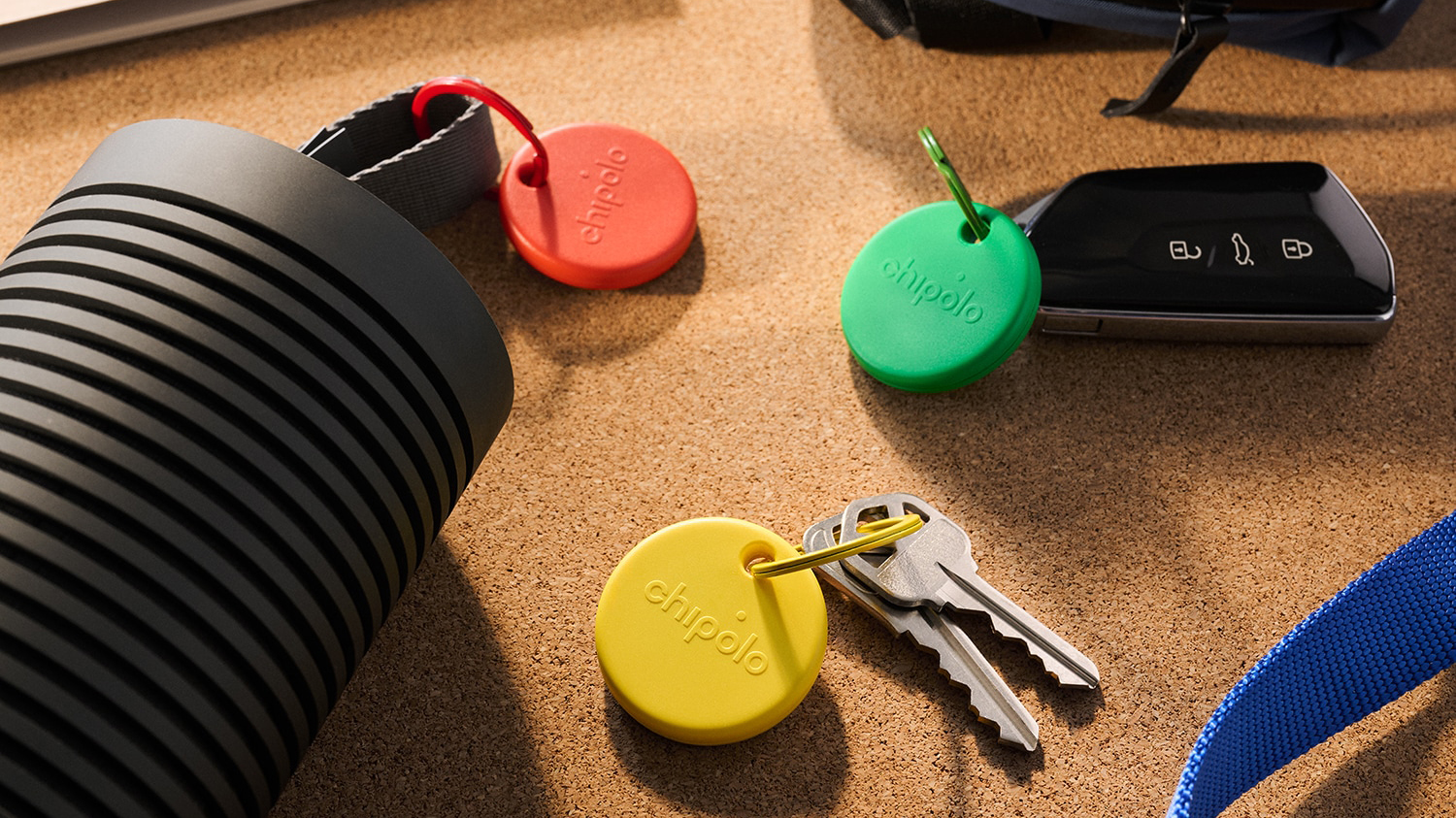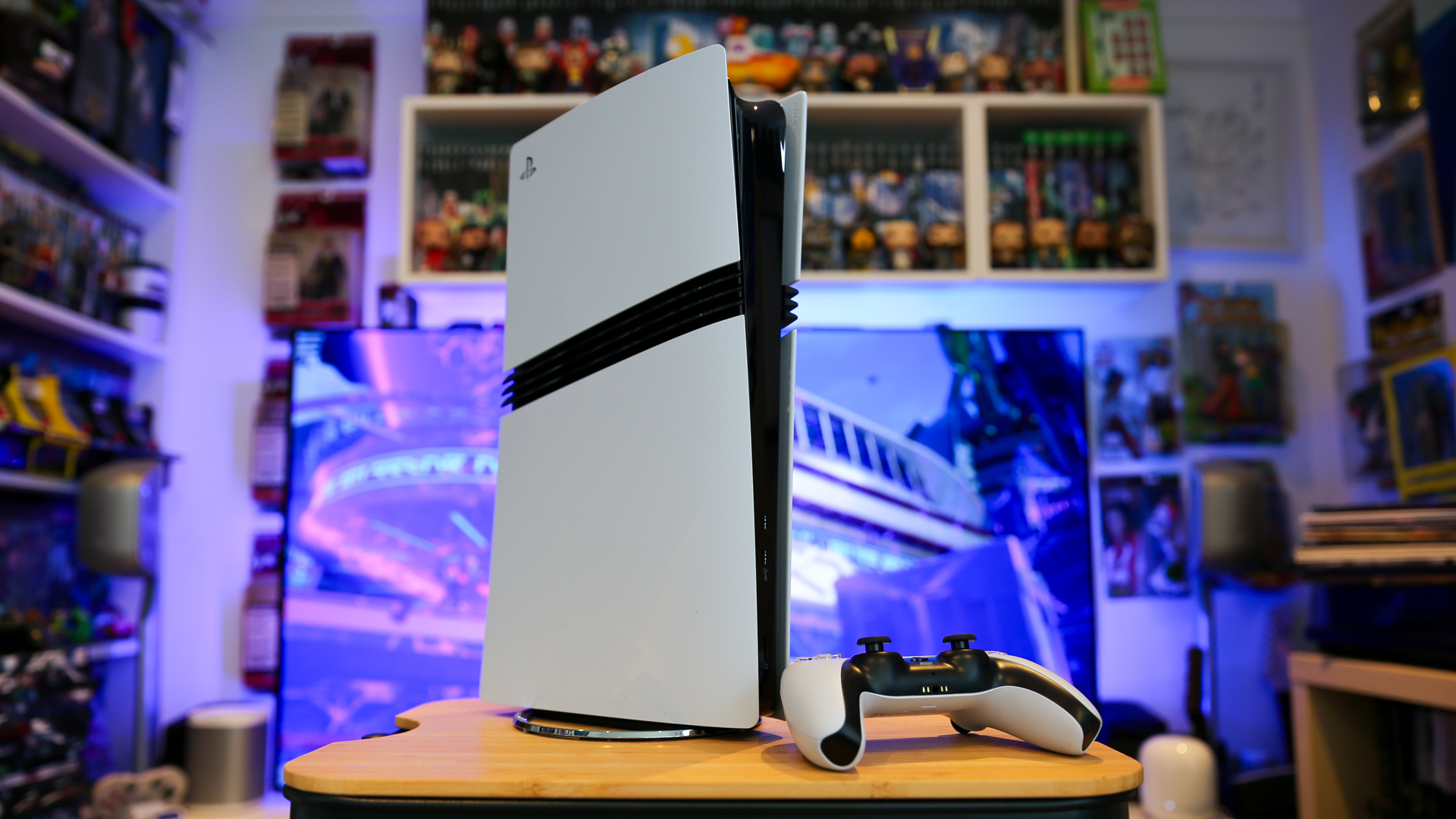

As affordable yet truly excellent fitness tracker death matches go, you can't get much better than Fitbit Versa 3 vs Garmin Venu Sq. Both brands are well-established and know full-well what their customers want: great built quality, precise sensors and useful health (and smart) features for a great price. From this perspective, both Fitbit Versa 3 and Garmin Venu Sq can be considered a good buy.
A great thing about the best fitness trackers – which is what we class these as – is that they offer decent sensors and some very useful features for often a fraction of a price premium best running watch. A high-end Garmin Enduro can cost as much as $899.99/£799.99 while you can get a Fitbit Versa 3 for under $230/£200.
But we are not going to compare the Enduro here with any of the fitness bands – check out the Garmin Enduro vs Garmin Fenix 6 comparison for that – instead, we'll take a look at how the Fitbit Versa 3 fares against the Garmin Venu Sq, both fitness trackers fighting for the same customers, which are people who want something more substantial than just a basic fitness band but aren't willing to spend loads of money on a 'proper' running watch.

Fitbit Versa 3 vs Garmin Venu Sq: main features
The Fitbit Versa 3 has on-device GPS and features the improved PurePulse 2.0 optical heart rate monitor technology. The latter makes use of a multi-path heart rate sensor and updated algorithm which powers personalised heart rate notifications.
Not just that but the Versa 3 can monitor heart rate continuously, 24/7, and detect and send a notification if it's showing any signs of a condition that requires medical attention, such as bradycardia (a heart rate that is too slow) and tachycardia (a heart rate that is too fast).
The Active Zone Minutes feature is also present on the Versa 3, which measures the intensity of your activity beyond tracking your daily steps only. It can also monitor and score sleep quality and has a skin temperature and SpO2 sensor on board too.
The Garmin Venu Sq ventures deeper into wellness with features that include advanced sleep tracking with Pulse Ox, respiration tracking, abnormal heart rate alerts (high and low), menstrual cycle tracking (manually), stress tracking with relax reminders, hydration tracking and more. The watch also utilises Garmin's latest optical heart rate sensor, the Elevate V3, which samples heart rate multiple times per second, 24-hours a day.
Sign up to the T3 newsletter for smarter living straight to your inbox
Get all the latest news, reviews, deals and buying guides on gorgeous tech, home and active products from the T3 experts
As well as all that, the Garmin Venu Sq supports smart notification, incident detection (the watch sends real-time location to emergency contacts when you fall), Garmin Pay and you can personalise the watch with a bazillion watch faces and apps through the Garmin Connect IQ store.
The Garmin Venu Sq Music Edition also has built-in storage for music: if you have Spotify Premium subscription, you can load the songs onto the watch's memory and listen to them offline by pairing a Bluetooth headphone to the watch.

Fitbit Versa 3 vs Garmin Venu Sq: design
The Versa 3 takes design cues from Fitbit's flagship model, the Fitbit Sense, but does it in a way without both watches looking exactly the same. That's because the design of the Fitbit Sense is based on the Fitbit Versa 2 (and also, to some degree, the Apple Watch) so in reality, the Sense copied the Versa in the first place.
The result of this Chinese-whisper who-copied-who is a surprisingly handsome design, with rounded corners and a nice selection of materials. The Versa 3 has an aluminium case and and AMOLED touchscreen display with a resolution of 336 x 336 pixels. It's pretty sharp and the touch gestures work reasonably well too. The inductive button does take some time to get used to but it's far from being irritating. The infinity band is comfortable to wear and easy to adjust with one hand.
Despite the similar name, the Garmin Venu Sq has not much to do with the its namesake watch, the Garmin Venu. The latter has an AMOLED screen – just like the Versa 3 – while the Venu Sq sports a 240 x 240 pixel 'liquid crystal' display that has an optional always-on mode. This liquid crystal display definitely doesn't look as sharp as the one found on the Versa 3, but at least it's also touch sensitive.
The display of the Garmin Venu Sq is much smaller than the Versa 3 but the clever design makes it look a bit larger than it actually is. You see, the bezel on the Venu Sq doesn't represent the edge of the display; the actual screen is a smaller box in the middle of the watchface. The Venu Sq has a comfortable hinged silicone band.
All in all, the Fitbit Versa 3 has a better design and uses more premium components.

Fitbit Versa 3 vs Garmin Venu Sq: battery life
Battery life on both fitness trackers are more of less the same: they will last just under a week on a full charge. Mysteriously, the official Fitbit website claims the Versa 3 has a '6+ days battery life', which is better than saying it has between 6-7 days of battery life.
Both wearables have built-in GPS and when it's on, battery life will be reduced significantly. The Fitbit Versa 3 has an 'up to' 12 hours GPS battery life while the Garmin Venu Sq is capable of functioning in GPS mode for 'up to' 14 hours. What this means is if you use either of the bands to track outdoor runs, none of them will last for six days, more like 4-5, which is still pretty good for a fitness tracker. It's even more impressive in the case of the Fitbit Versa 3 that has an AMOLED screen.
It's worth noting that neither of these bands have an always on screen so the display is turned off until you twist your wrist up to look at the device. Optionally, always-on screen can be turned on but this will eat up battery life in no time.

Fitbit Versa 3 vs Garmin Venu Sq: accuracy
The Fitbit Versa 3 is a decent fitness tracker: it's definitely not the most accurate but for everyday activity tracking, it's more than adequate. As mentioned above, the Versa 3 has built-in GPS which again is so-so accurate but it does the job just fine. It doesn't tend to drop signal once locked on which is a big bonus.
As well tracking heart rate and global position, the Versa 3 can also measure oxygen saturation in the blood (SpO2). This is not a medical device so any SpO2 reading should be taken with a pinch of salt, but if you have a downward trending SpO2 level, you might want to follow up your GP or medical professional, just to be on the safe side.
Sleep tracking on the Versa 3 is also fine and the device is capable of tracking skin temperature with relatively accuracy.
The Garmin Venu Sq is a full-blown running watch disguised as a fitness tracker. It has a lot of features and connectivity options other fitness trackers lack. For example, it has memory to store 200 hours of activity data and has supports both Bluetooth and ANT+ connectivity.
There are quite a few sport modes available on the Venu Sq: again, this tracker inherited a lot of functionality from Garmin running watches. The Elevate heart rate sensor tracks HR accurately, especially in higher heart rate zones, where the Garmin algorithm really excels.
GPS is also precise as it uses a multi-system setup and utilises signals from three different global positioning networks (GPS, GLONASS and Galileo).
Overall, when it comes to accuracy, the Garmin Venu Sq has the competitive edge.
Fitbit Versa 3 vs Garmin Venu Sq: pricing and availability
The Fitbit Versa 3 is available to buy now at Fitbit US and Fitbit UK for a recommended retail price of $229.95/£199.99. The Versa 3 can be bought for around $190/£180 from third party retailers such as Amazon.
The Garmin Venu Sq is available to buy now at Garmin US and Garmin UK. The standard version retails for $199.99/£179.99, while the Music edition can be bought for $249.99/£229.99. Should you not care all that much where you get your new Venu Sq from, third party retailers sell it for less than its RRP (most notably, Amazon).
For the best prices, have a look at the best Garmin watch deals and best Fitbit deals roundup: prices updated every half an hour and are based on your location!

Matt Kollat is a journalist and content creator who works for T3.com and its magazine counterpart as an Active Editor. His areas of expertise include wearables, drones, fitness equipment, nutrition and outdoor gear. He joined T3 in 2019. His byline appears in several publications, including Techradar and Fit&Well, and more. Matt also collaborated with other content creators (e.g. Garage Gym Reviews) and judged many awards, such as the European Specialist Sports Nutrition Alliance's ESSNawards. When he isn't working out, running or cycling, you'll find him roaming the countryside and trying out new podcasting and content creation equipment.
-
 Forget AirTag, Chipolo's new Bluetooth tracker adds a dash of colour
Forget AirTag, Chipolo's new Bluetooth tracker adds a dash of colourChipolo's Pop tracker works with both Apple's Find My and Google's Find My Device – so you can track whichever platform you're using
By Mike Lowe
-
 The 5 luxury PS5 Pro accessories I can't live without – How to upgrade your PlayStation in style
The 5 luxury PS5 Pro accessories I can't live without – How to upgrade your PlayStation in styleIf you want a better experience for your PS5 Pro, you need these luxury upgrades
By Max Freeman-Mills